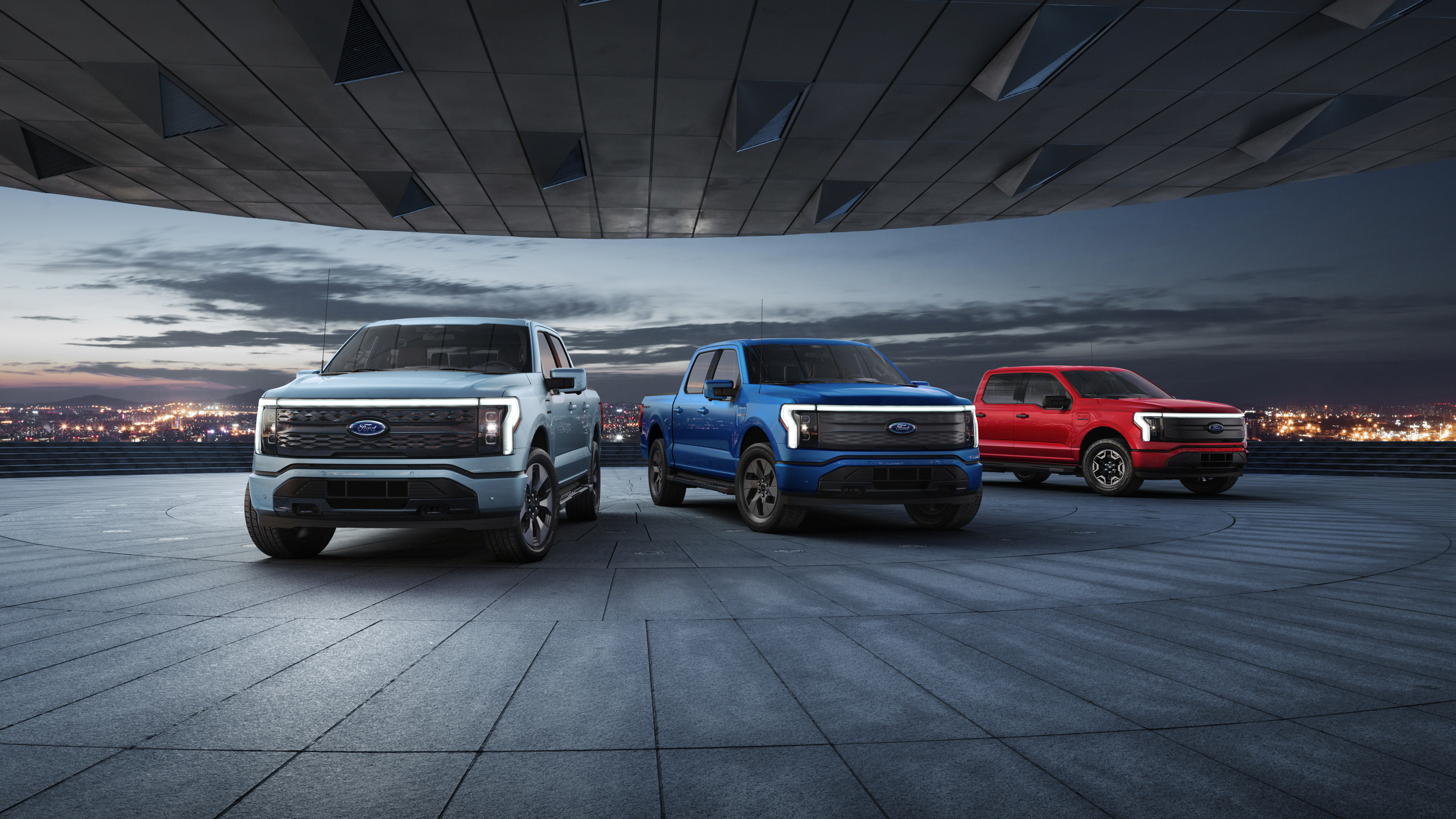

This clutch is positioned at the hub of the fan, in the airflow coming through the radiator. Most cars that have an engine-driven cooling fan have a thermostatically controlled viscous clutch- the temperature of the fluid actually drives the clutch. As soon as the current stops, such as when you turn off your air conditioning, the clutch disengages. When current flows through a magnetic coil in the clutch, the clutch engages. This allows the compressor to shut off even while the engine is running. In the next section, we'll examine some different types of clutches and how they are used.Īn air conditioning compressor in a car has an electromagnetic clutch. If you hear a rumbling sound when the clutch engages, you might have a problem with the throw-out. This bearing applies force to the fingers of the spinning pressure plate to release the clutch. Sometimes a blockage or worn seals in the hydraulic system can also cause a hard clutch.Īnother problem associated with clutches is a worn clutch release bearing, sometimes called a throw-out bearing. Sticking or binding in the pedal linkage, cable, cross shaft, or pivot ball are common causes. If you have to press hard on the pedal, there may be something wrong. All clutches require some amount of force to depress fully.
#Mustang s spring vs truck s spring series
As the middle of the diaphragm spring is pushed in, a series of pins near the outside of the spring causes the spring to pull the pressure plate away from the clutch disc. This in turn presses the release bearing, which disengages the engine from the transmission during gear shifts, against the middle of the diaphragm spring. When the clutch pedal is pressed, a cable or hydraulic piston pushes on the release fork. The friction force in the clutch works just like the blocks described in the friction section of How Brakes Work, except that the spring presses on the clutch plate instead of weight pressing the block into the ground. The amount of force the clutch can hold depends on the friction between the clutch plate and the flywheel, and how much force the spring puts on the pressure plate. We'll look at how these parts work together in the next section. The larger these peaks and valleys are, the harder it is to slide the object.Ī clutch works because of friction between a clutch plate and a flywheel. Friction is caused by the peaks and valleys that are part of every surface - even very smooth surfaces still have microscopic peaks and valleys. To understand how a clutch works, it helps to know a little bit about friction, which is a measure of how hard it is to slide one object over another. The clutch allows us to smoothly engage a spinning engine to a transmission that is not spinning by controlling the slippage between them. In order for a car to stop without killing the engine, the wheels need to be disconnected from the engine somehow. In a car, you need a clutch because the engine spins all the time, but the car's wheels do not.


The clutch connects the two shafts so that they can either be locked together and spin at the same speed, or be decoupled and spin at different speeds. One of the shafts is typically driven by a motor or pulley, and the other shaft drives another device.
#Mustang s spring vs truck s spring manual
This diagram show the position of the clutch in a manual transmission, but clutches are found in both manual and automatic transmissions.Ĭlutches are useful in devices that have two rotating shafts, including cars.


 0 kommentar(er)
0 kommentar(er)
